15 Failand Crescent
Number 15 was one of the houses researched for the Sea Mills 100 heritage trail in 2019. The house was built in the second wave of construction in Sea Mills in 1931 and the first residents were Reginald and Doreen Carter. Reginald joined up when he was 19 and served in the Gloucester Depot from 1915 – 1918. When they moved to Sea Mills between the wars Reginald would have been 35 and Doreen 33. Doreen looked after their two children Maureen and Tony, and was a keen dressmaker. The children had many friends on Failand Crescent with whom they would play street games (hopscotch, rounders, marbles, knock down ginger), pick walnuts off the farmhouse tree ( when they could manage to get past the dog!) and go exploring in the woods and along the river banks. The Carters lived in the house for about 25 years and then re-located to Shirehampton Road.
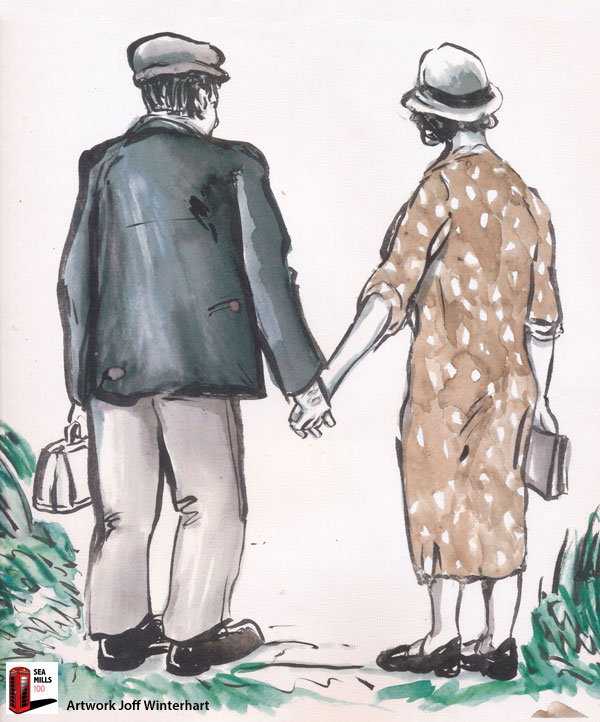
In the late 1930’s Reginald worked as a time keeper on the docks. Timekeepers were part of the Wages and Labour section and it was part of Reginald’s job to calculate the wages due to all the dockers for their toil – unloading grain, coal tar, bananas, timber, the many imports and exports that came via “the mouth”.
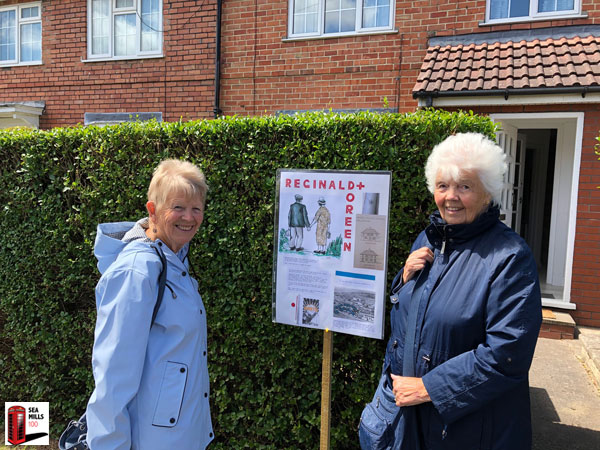
Number 15 was researched by Kristen and on the day of the Heritage Trail she met Glenda and her sister Marion who grew up in the house next door – number 13, they were good friends with Reginald and Doreen’s children. Glenda told Kristen about an American GI who was billeted with the family at number 15 – see her in the video below.
Raymond Mendini was born in Michigan USA, his parents had emigrated to the US from Italy in the early 1900’s and he was the sixth born of at least seven children. Before the war he was an office clerk in a brewery company. He served in the US Army from 1943-45, survived D-Day and relocated to Wisconsin where he lived until the age of 85.
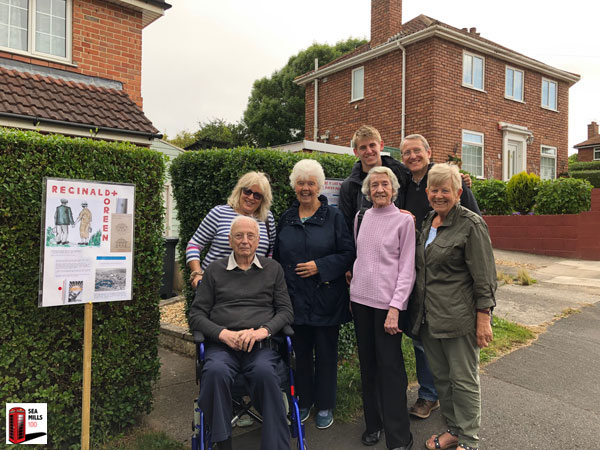
Front – Ron Maggs
Middle L-R – Ron’s daughter Suzanne, Glenda May nee Gibbings, Maureen Maggs nee Carter, Marion Brailey nee Gibbings
Back – Chris Maggs and his son Josh, Maureen’s son and grandson.
Glenda travelled a long distance especially for the weekend.
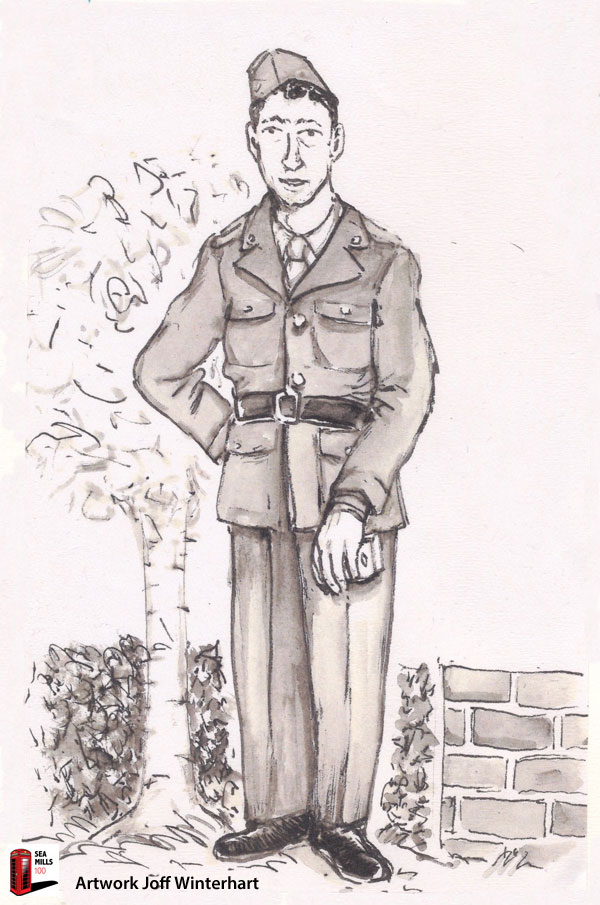
On the second day of the Heritage Trail Kristen also met Reginald and Doreen’s daughter Maureen. She had fond memories of Raymond Mendini and remembered him reading her and her little brother bedtime stories.
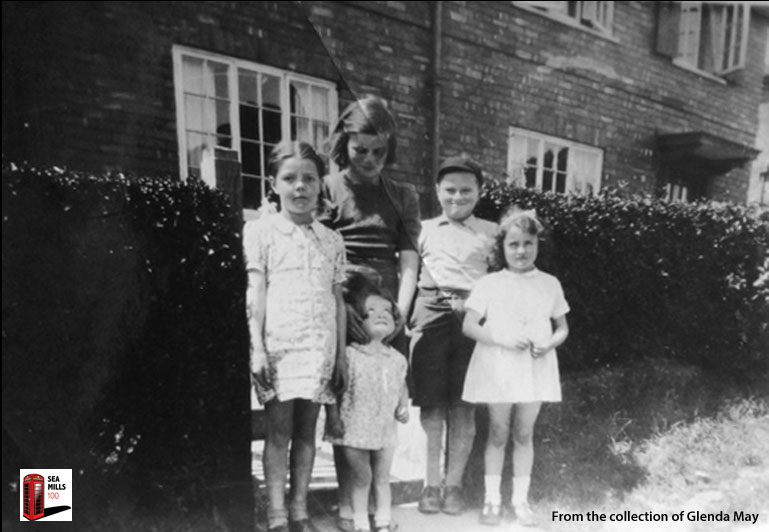
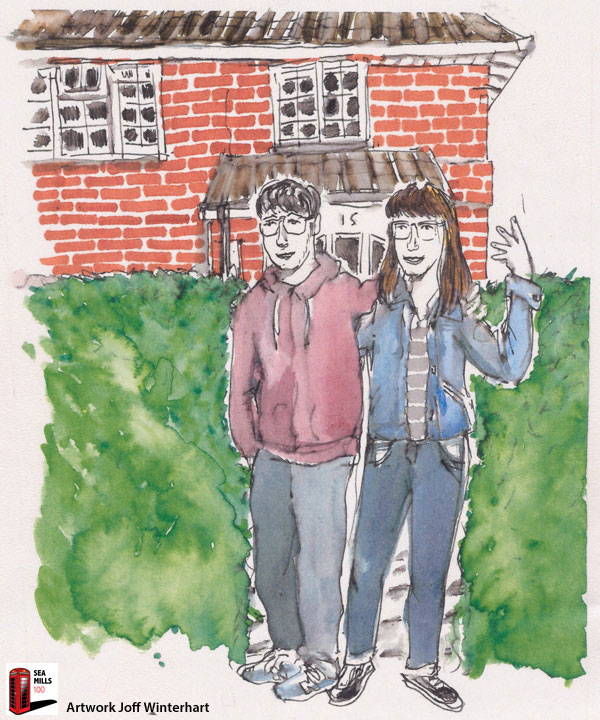
5 Failand Crescent
Number 5 was also researched for the Sea Mills 100 trail. The wartime occupants appear to be a Mr and Mrs Thomas Reed.
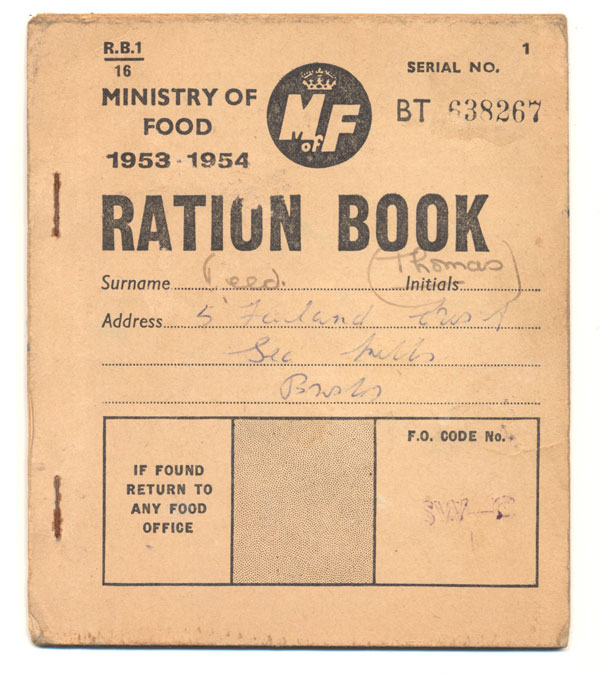
The ration book in the name Thomas Reed was found in the house by a later occupant, rationing started during WW2 but continued well into the 1950’s. Inside the book contains coupons which had to be used with cash to purchase items. Customers registered their books with local shops and this one is stamped up with Halletts (Grocers) and Downham Butchers, both on the Square.
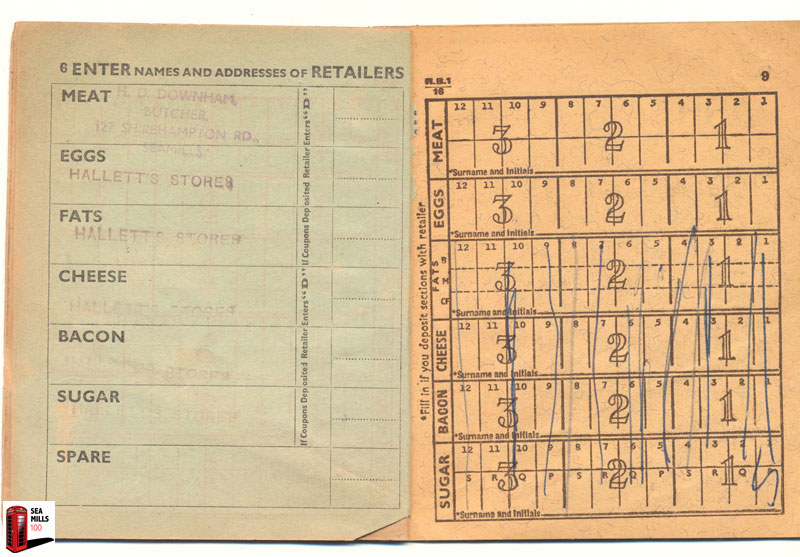
The Reed’s must also have had some bomb damage to their house because they received one pound and eight shillings War Damage Contribution from the Government on 14th Aug 1945. A hand written note found with the document says this relates to a bomb which fell at the junction of Failand Crescent and Trymside at “the end of July or 1st week of August 1941”, this was verified by the ARP (Air Raid Precautions) official and fire watchers.
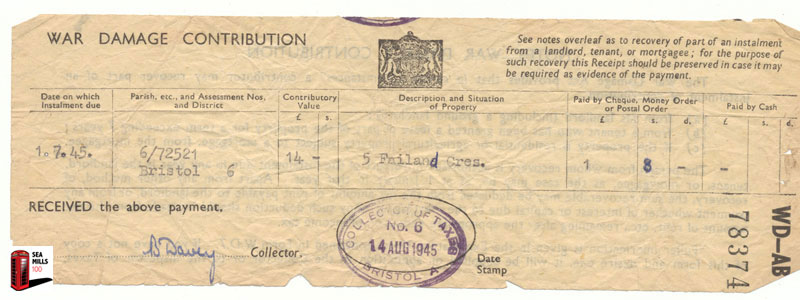
We know from neighbours at the time that the Reed’s were not council tenants. This is also born out by their household account book which in several places has “rent” crossed out and “mortgage” inserted. This shows that while the vast majority of council home selling happened as a result of Margaret Thatcher’s right to buy, it was not a new concept.
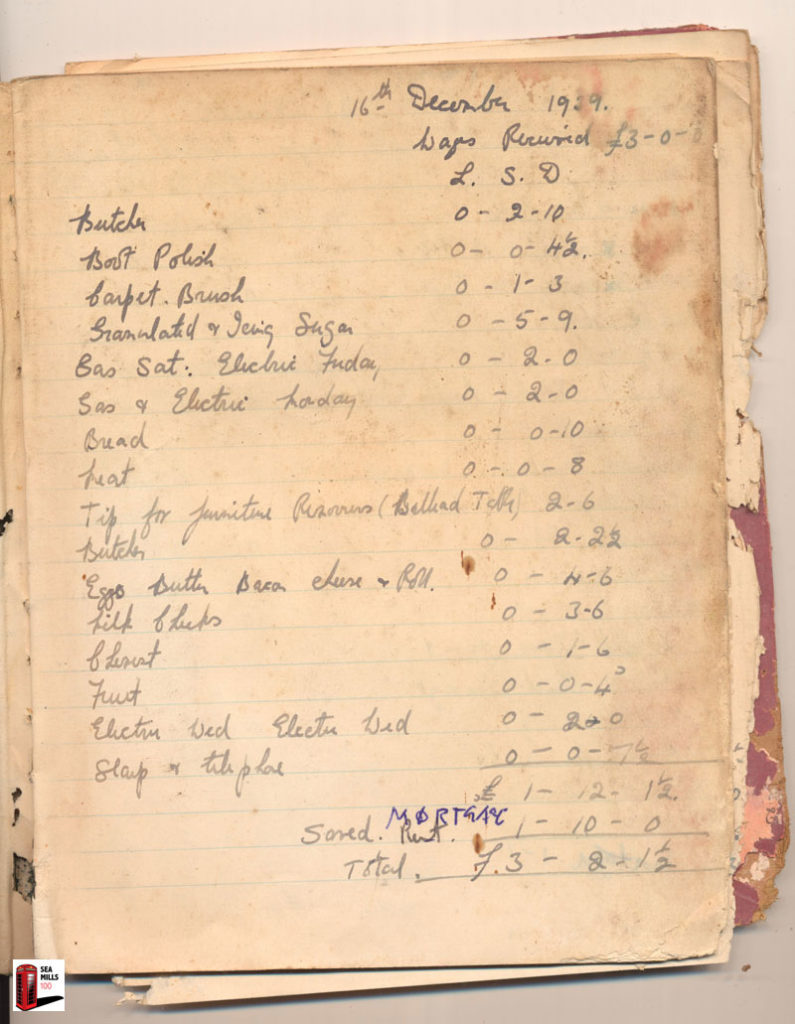
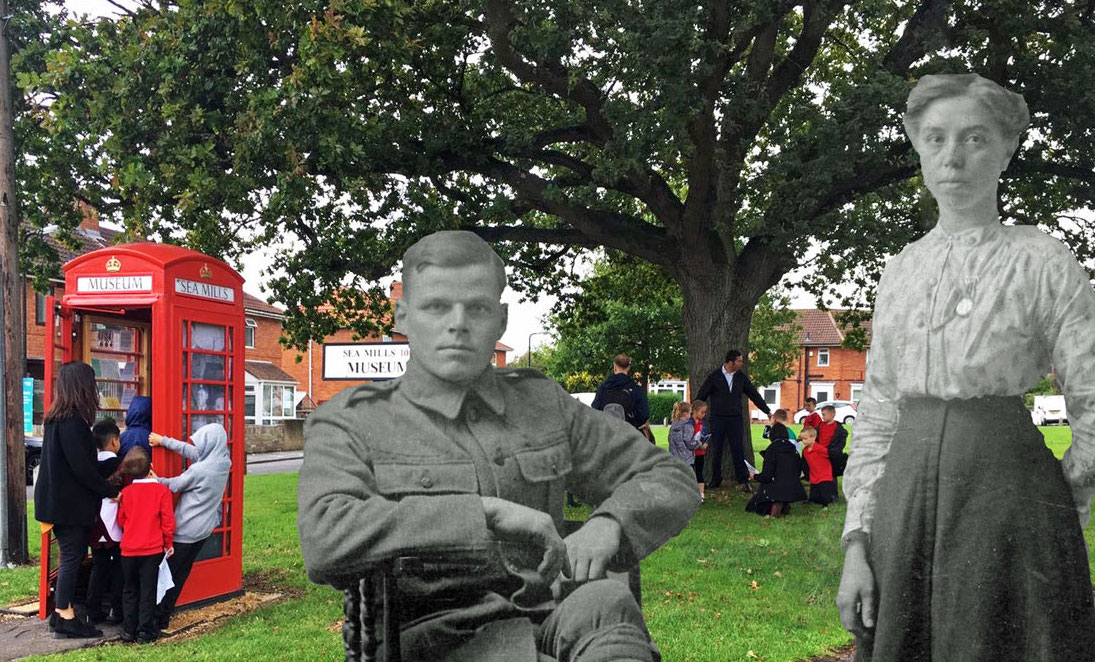
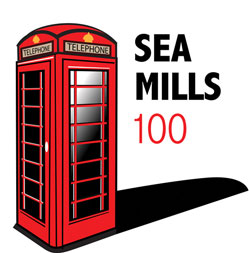

How interesting i also lived in Failand Crescent, number 19, My parents, brother and little sister who sadly died just aged 5 all moved here about 1957/8. I lived at our house until I got married at St Edith’s Church in 1974, my parents also got married in this church. My husband and I then moved to coombe dale for about 8 years, we then moved to Lux Furlong with our two sons, where we still live. My parents continued to live on in the house until my mum died in 2000, my dad lived on in the house until his death in 2014. We had such lovely memories growing up. My Dad was born in Sea Mills in 1924, he lived with his parents and brother in Blaise walk, then they moved to the Portway backing on to Sea Mills juniors school. My Dad use to tell me stories of how one day as a child he woke to see hundreds of American soldiers marching past their home on the portway and all settling on the golf course, then one day they were all gone over night they had moved on. Its so lovely to see and hear reports of Sea Mills, certainly a lovey part of the world to live. Thankyou.
I just stumbled upon this post. Raymond Mendini is my maternal grandfather. We heard stories about the time he lived with a family in England during the war while I was growing up, and it was amazing to read this and watch the video. Thank you, this is just so incredible to find!